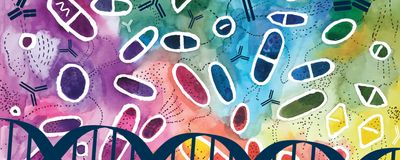Genetics
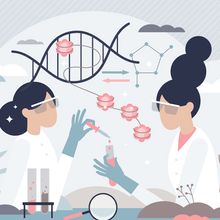
Epigenetics and Heritable Control of Gene Expression
Rebecca Roberts, PhD | Dec 18, 2024 | 7 min read
The epigenome regulates nearly every process in the human body. By studying epigenetics, scientists have revealed some secrets to aging, cancer, and complex diseases.

Transforming Molecular Workflows for Newborn Screening
The Scientist and Revvity | Dec 17, 2024 | 3 min read
New PCR-based approaches simplify molecular testing for health issues in infants, making diagnostic approaches simpler and more accessible across laboratories.
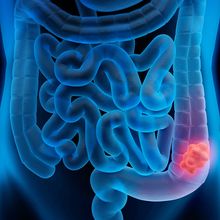
Colorectal Tumors are Born When Stem Cells Die
Sahana Sitaraman, PhD | Dec 16, 2024 | 5 min read
New research describes the early steps of colorectal tumor formation and lays a foundation for improving diagnosis and treatment of aggressive cancers.
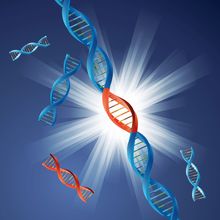
Splicing Fungal Genes Help Cells Change Shape
Shelby Bradford, PhD | Dec 16, 2024 | 2 min read
Candida albicans uses alternative splicing to morph into a filamentous form during fevers.
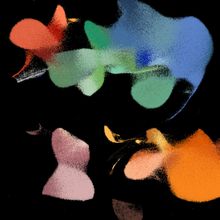
Charting the Human Immune Health Atlas
Laura Tran, PhD | Dec 16, 2024 | 2 min read
Researchers mapped the landscape of healthy immune cells from childhood through adulthood.
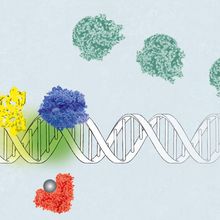
The Regulation of the lac Operon
Shelby Bradford, PhD | Dec 13, 2024 | 4 min read
Gene expression of lactose-digesting genes is controlled by the lac operon that accounts for varying amounts of lactose or glucose in the cell.
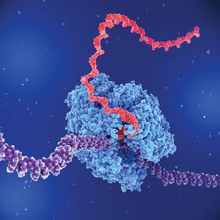
The lac Operon: A Lesson in Simple Gene Regulation
Shelby Bradford, PhD | Dec 13, 2024 | 10+ min read
The discovery of an inducible switch in Escherichia coli that controlled lactose metabolism offered the first clues into gene expression.

Greens and Genes: The Bitter Truth Behind Your Veggie Preferences
Laura Tran, PhD | Dec 10, 2024 | 5 min read
From Brussels sprouts to chicory, some veggies pack a bitter punch, but genetics and individual differences create a unique flavor experience for everyone.

Tackling Mangrove Protection Challenges in Thailand
The Scientist and MGI Tech | Dec 5, 2024 | 9 min read
High-throughput sequencing technology supports mangrove protection efforts.

How did Humans Adapt to Digest Starchy Foods?
Hannah Thomasy, PhD | Dec 5, 2024 | 4 min read
Researchers uncover the surprisingly complex evolutionary history of the salivary protein amylase.
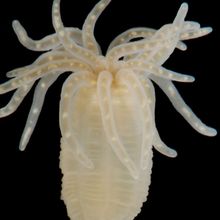
Elusive Stem Cell Population Finally Identified in Sea Anemones
Claudia Lopez-Lloreda, PhD | Dec 5, 2024 | 4 min read
The presence of a previously unidentified population of stem cells in sea anemones suggests that these cells may have been present in a common cnidarian ancestor.
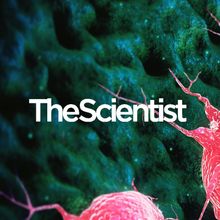
New Approaches for Decoding Cancer at the Single-Cell Level
The Scientist Staff | Dec 2, 2024 | 1 min read
In this webinar, Linghua Wang and Jeremy Goecks will talk about technology that enables new approaches for a better understanding of tumors on a cellular, spatial, and environmental level.
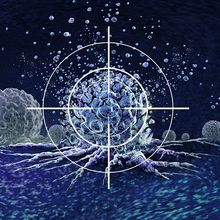
Molecular-Level Dissection of the Tumor Microenvironment
10x Genomics | Dec 2, 2024 | 1 min read
An immuno-oncology targeting panel accurately characterized tumor-resident immune cells and located pathologically and clinically relevant tumor microenvironment features.
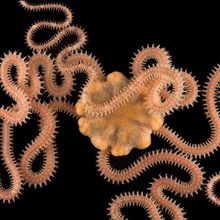
Diving Into the Brittle Star Genome to Understand the Evolution of Regeneration
Sneha Khedkar | Nov 22, 2024 | 4 min read
The sequenced genome of the brittle star revealed unique gene arrangements and provides insights into ancient genes involved in limb regeneration.
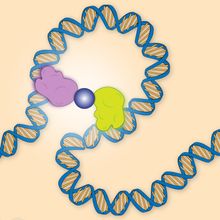
Combining Bacterial Systems Offers a New Approach to Gene Regulation
Shelby Bradford, PhD | Nov 22, 2024 | 4 min read
Researchers turned programmable proteins into a novel genetic tool, potentially enabling tighter control of gene expression.
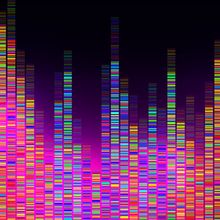
Benchtop Instruments Bring About a Modern Age of NGS
The Scientist Staff | Nov 18, 2024 | 4 min read
Emmanuel Naouri from Illumina discusses recent innovations that promise to support new and established next-generation sequencing (NGS) users.
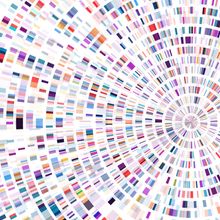
Streamlining NGS Sample Preparation with Automation
The Scientist Staff | Nov 15, 2024 | 2 min read
Cutting-edge microfluidics enables full automation of NGS protocols.

Spotlighting the Science in Sci-Fi
Shelby Bradford, PhD | Nov 15, 2024 | 2 min read
Carlo Quintanilla talks about the real science behind science fiction at popular culture conventions.
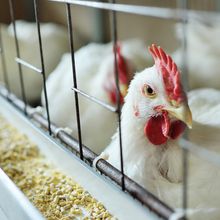
A Wastewater Surveillance Program Sounds the Alarm on Avian Influenza
Deanna MacNeil, PhD | Nov 14, 2024 | 6 min read
Born from the COVID-19 pandemic, a viral-agnostic approach blends sequencing research and public health to get ahead of bird flu transmission.
